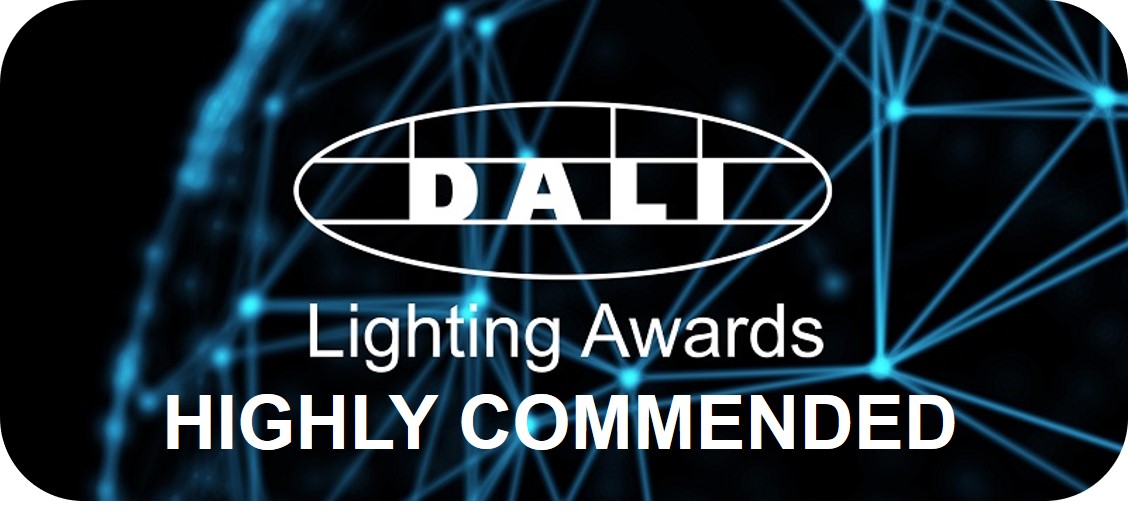




 Company: Clear-Vu Lighting
Company: Clear-Vu LightingLocation: New York City
Category: Outdoor projects - HIGHLY COMMENDED
What did the project set out to achieve?
The project incorporated next-generation architectural LED subway station lighting that included intelligent control and monitoring through a DALI system.
The most challenging part included a custom 2-step hybrid emergency backup system where, if normal power to the lighting system was lost, traction power (third rail/600VDC) would serve as the first form of backup power, and if traction power failed, a 4-hour emergency battery would power the lighting.
Automated self-testing diagnostics are performed on a monthly and annual basis according to UL 924, and fixture and battery health status are reported to the control system through the DALI interface.
How is DALI used within the project?
The project incorporated thousands of fixtures with DALI drivers spread out across 12 subway stations in New York City, both above ground and underground.
Standard (non-emergency) fixtures included DALI-2 drivers manufactured and supplied by Eldoled. Custom hybrid emergency LED fixtures were manufactured and supplied by Clear-Vu Lighting.
Drivers communicated with a DALI central control system manufactured and supplied by Crestron. The health reporting functionality on the battery backup, along with the 600VDC secondary power source, did not exist in the standard DALI protocol and were developed jointly between Clear-Vu and Crestron.
The fixtures worked in conjunction with light level sensors to dynamically adjust light levels in stations based on the environment and fixture depreciation over time.
Why was DALI chosen?
As discussed previously, the reasons pertaining to selection of a DALI system included emergency lighting, luminaire diagnostic data, networking and connectivity. The primary motivating factors were to improve resiliency and maintenance of critical infrastructure for emergency and standard lighting to comply with NFPA and other codes and regulations. Legacy technology required system maintainers to perform manual testing at each fixture to determine system health and by monitoring through the DALI interface the process becomes much faster, efficient, and simpler.
What benefits does DALI provide?
The primary benefits included predictive and preventative maintenance in a much more sophisticated and feasible manner, a real time asset management system that goes toward federal transit goals for State of Good Repair requirements of transit agencies and future proofing technology to make upgrades more manageable over time.
|
► Clear-Vu Lighting & Crestron supplied the DALI products ► The customer was the MTA (New York City Transit) ► ARUP was the electrical designer |
|
► Clear-Vu Lighting website ► Mass Transit Magazine made an award to Clear-Vu for this work: link |